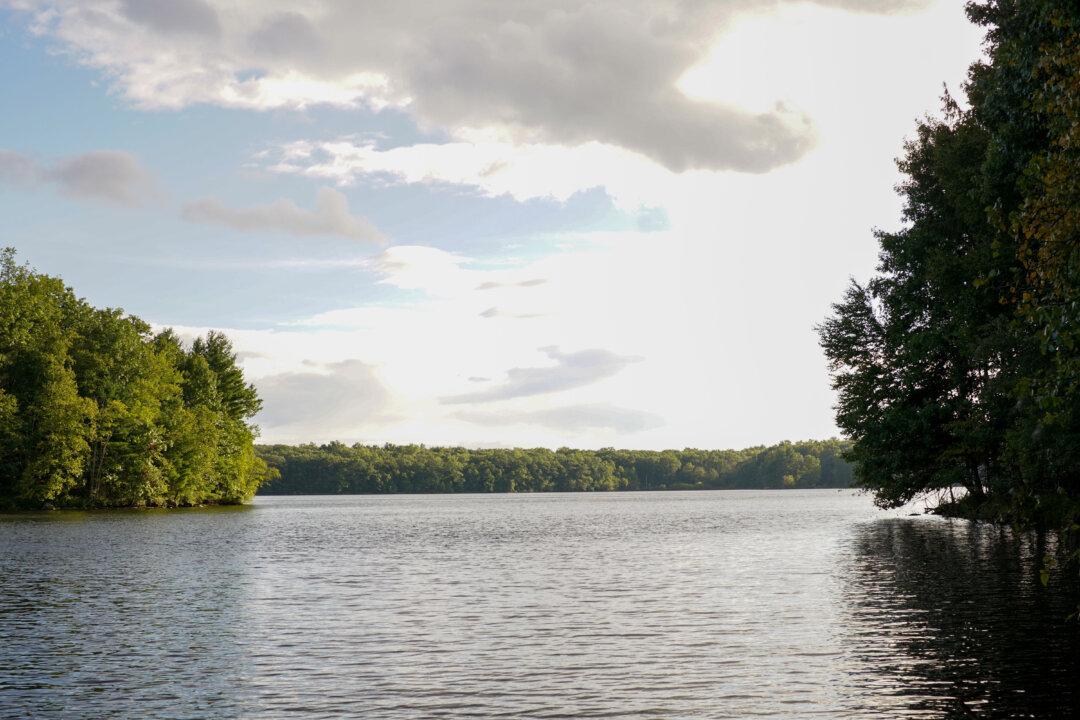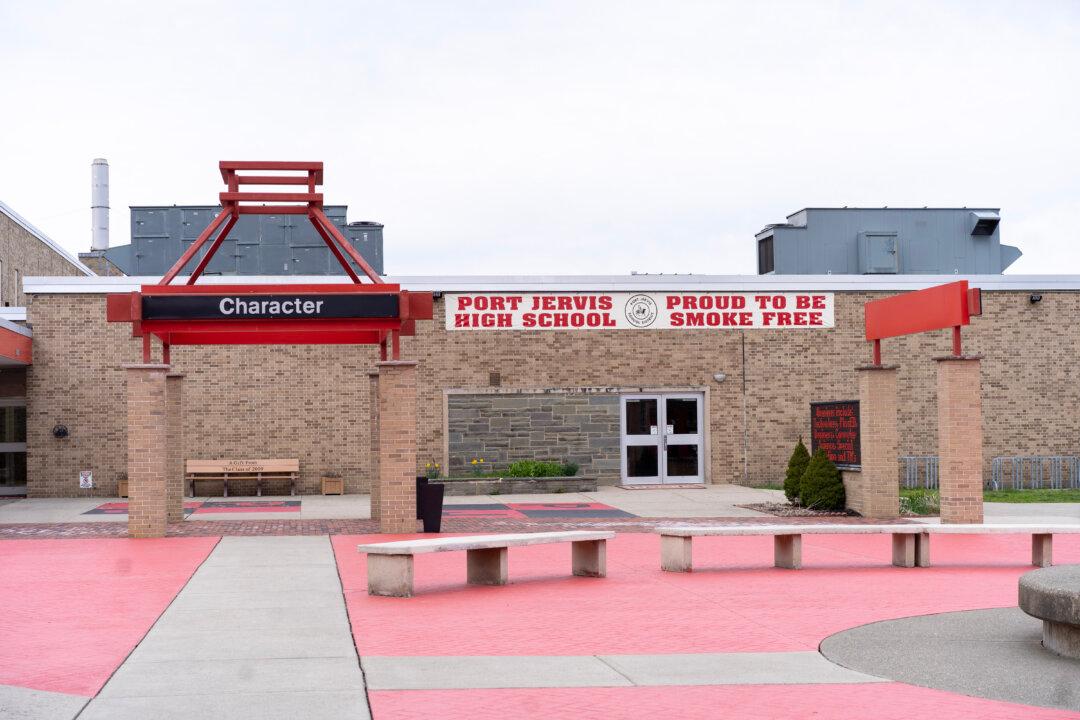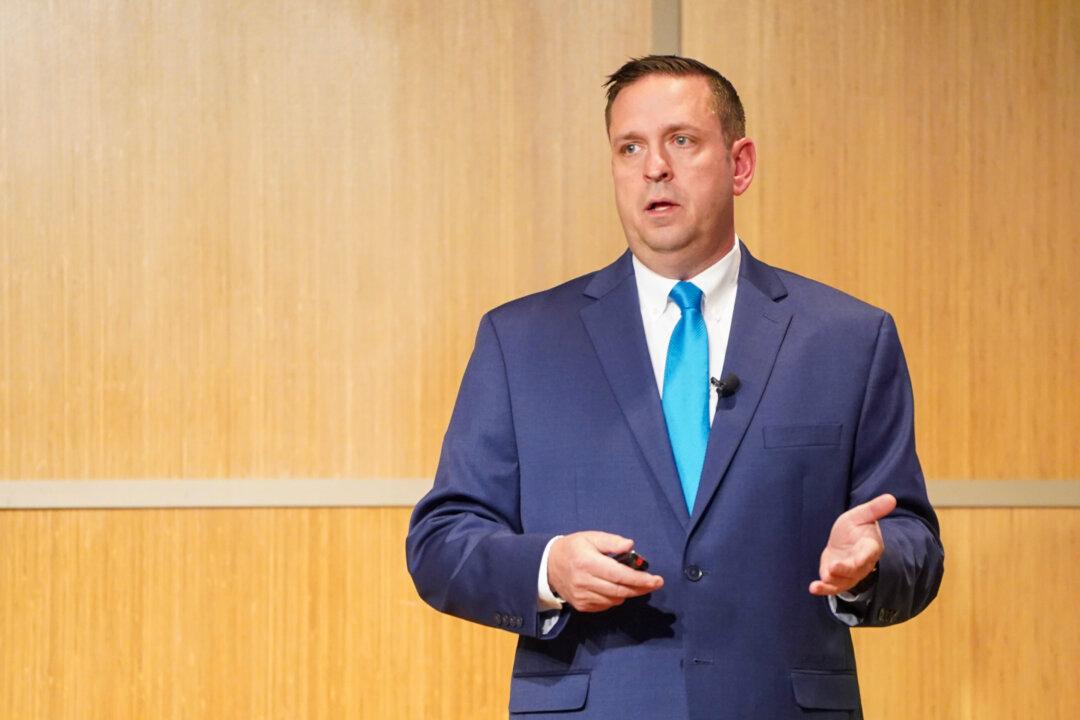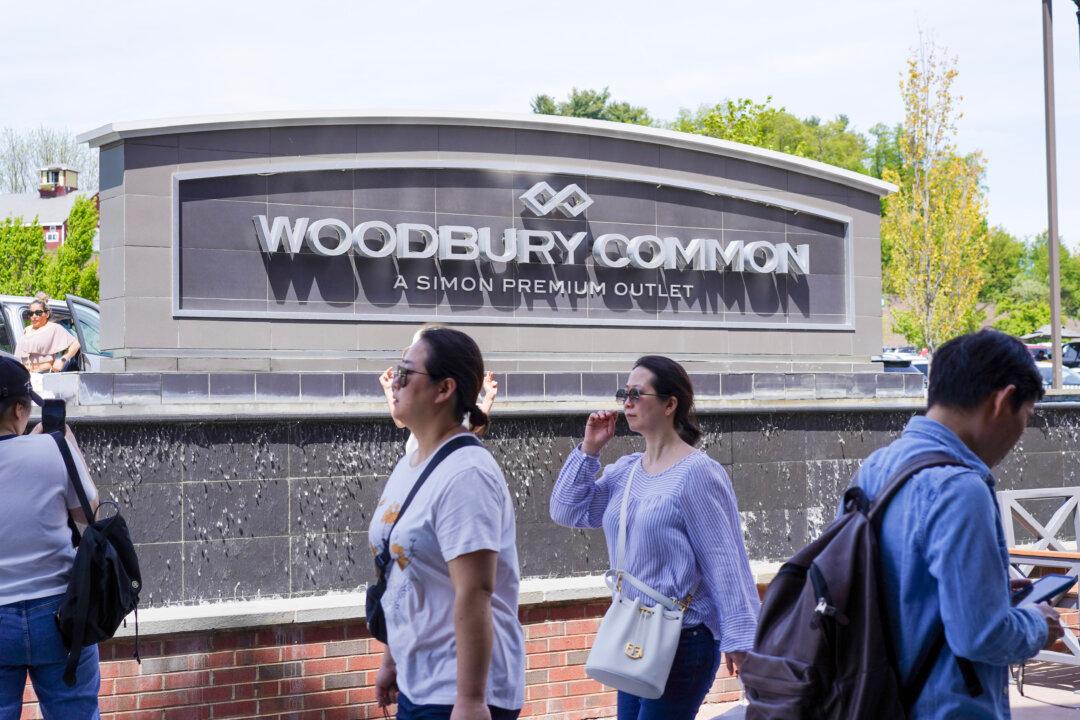Following increased rainfall, the three major water reservoirs providing drinking water for residents in Middletown, New York, are now 83.9 percent full, according to Commissioner of Public Works Jacob Tawil on Sept. 20.
But Tawil recommends that city residents continue to conserve water voluntarily.





